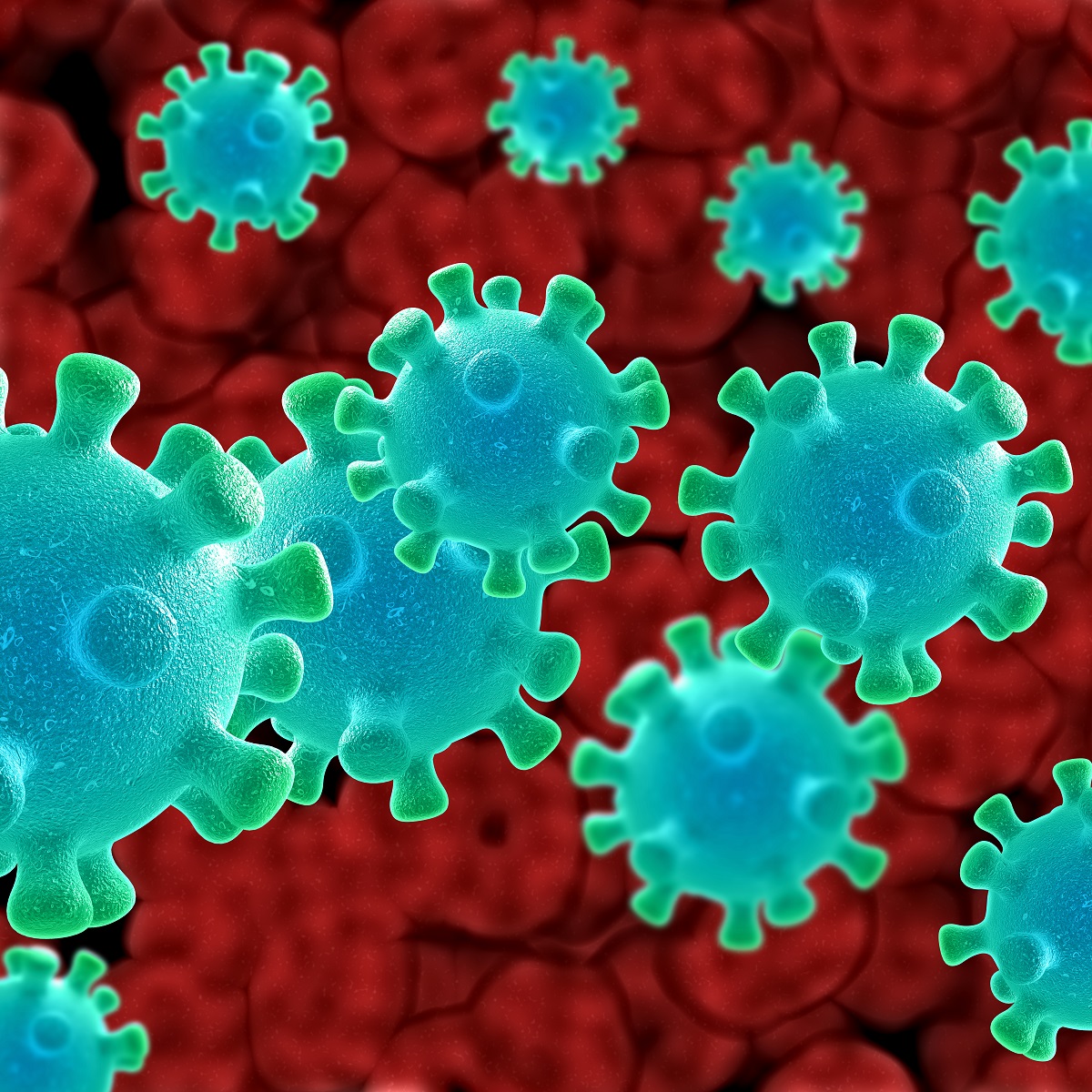KEY TAKEAWAYS
- The study aimed to evaluate liquid biopsy biomarkers’ feasibility for pre-operative ovarian cancer risk assessment and compare them with the RMI.
- The study indicated that cell-free DNA is effective for pre-operative ovarian malignancy risk assessment, yet further validation in larger clinical trials is needed.
Early detection of ovarian cancer remains challenging due to the lack of effective screening methods. Liquid biopsy, utilizing cell-free DNA and biomarkers like HE4 and CA125, offers a promising approach for pre-operative risk assessment. However, their feasibility and performance in diagnostically challenging cases remain to be determined.
Duco H K Gaillard and his team conducted the study that aimed to fill this gap by evaluating these biomarkers alongside the established Risk of Malignancy Index (RMI) in a clinically representative population.
About 100 patients presenting with an ovarian mass suspected to be early-stage ovarian cancer were included. Among these, 50 patients were diagnosed with a malignant mass (cases), while the remaining 50 had a benign mass (controls). Employing WisecondorX, an algorithm widely utilized in non-invasive prenatal testing, they computed the benign-calibrated copy number profile abnormality score. This score reflected the deviation of a sample from benign controls, based on copy number profiles. The study integrated this score with serum concentration of HE4 to distinguish between cases and controls.
This study showed the potential of utilizing cell-free DNA for pre-operative assessment of malignancy risk in ovarian masses; nevertheless, further validation in larger clinical trials is warranted.
Source: https://ijgc.bmj.com/content/early/2024/02/22/ijgc-2023-005073
Gaillard, D.H.K., Lof, P., Sistermans, E.A., et al. (2024) ‘’Evaluating the effectiveness of pre-operative diagnosis of ovarian cancer using minimally invasive liquid biopsies by combining serum human epididymis protein 4 and cell-free DNA in patients with an ovarian mass.’’ International Journal of Gynecologic Cancer Published Online First: 22 February 2024. doi: 10.1136/ijgc-2023-005073.



